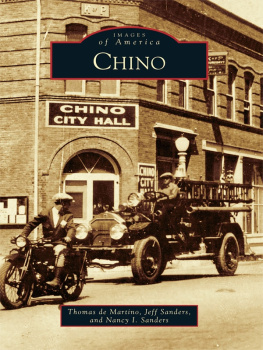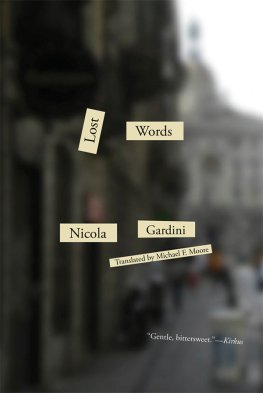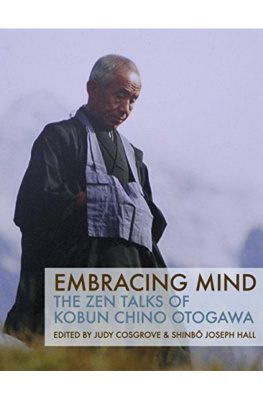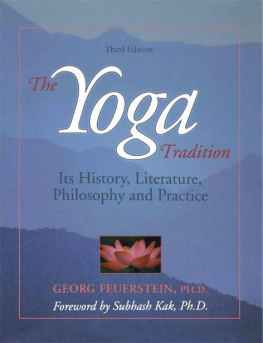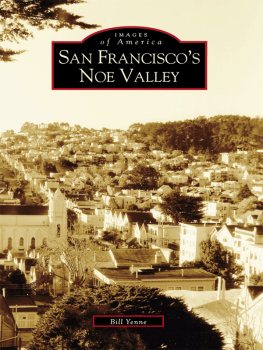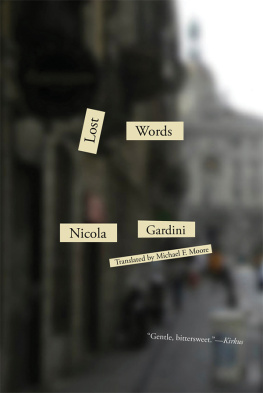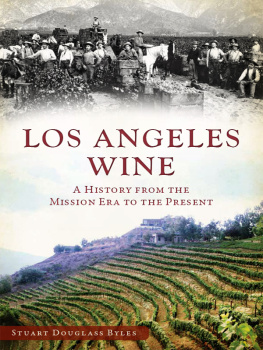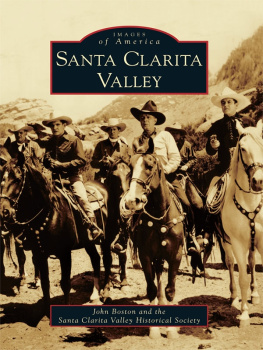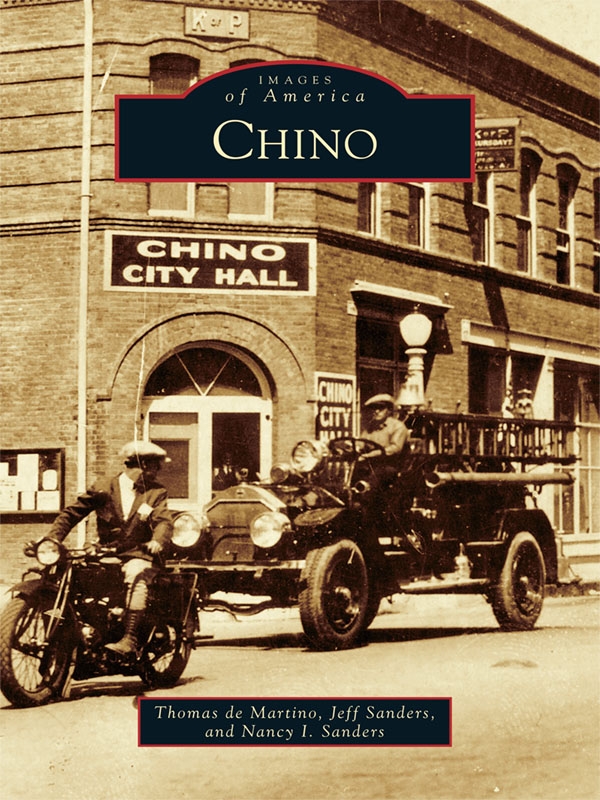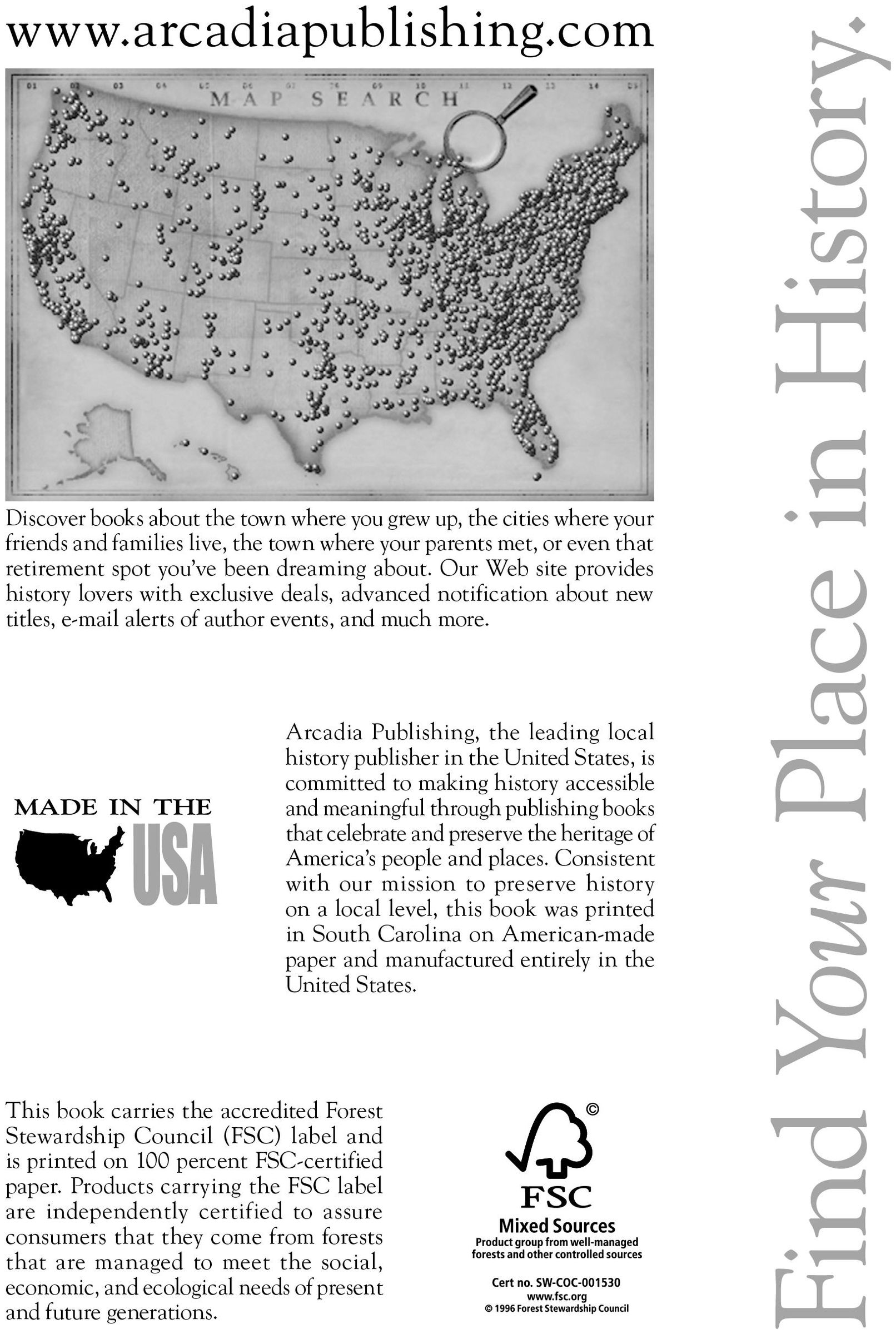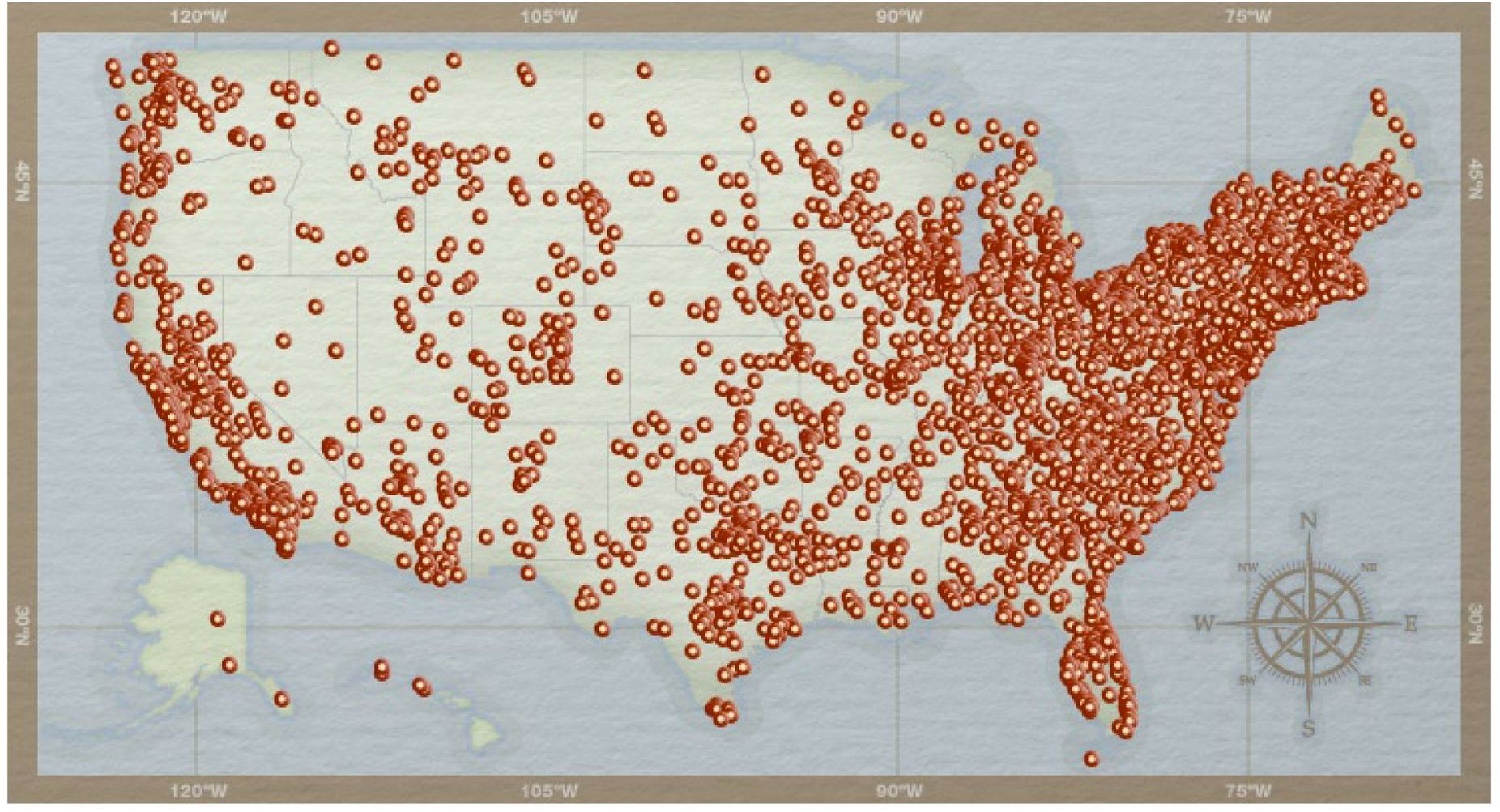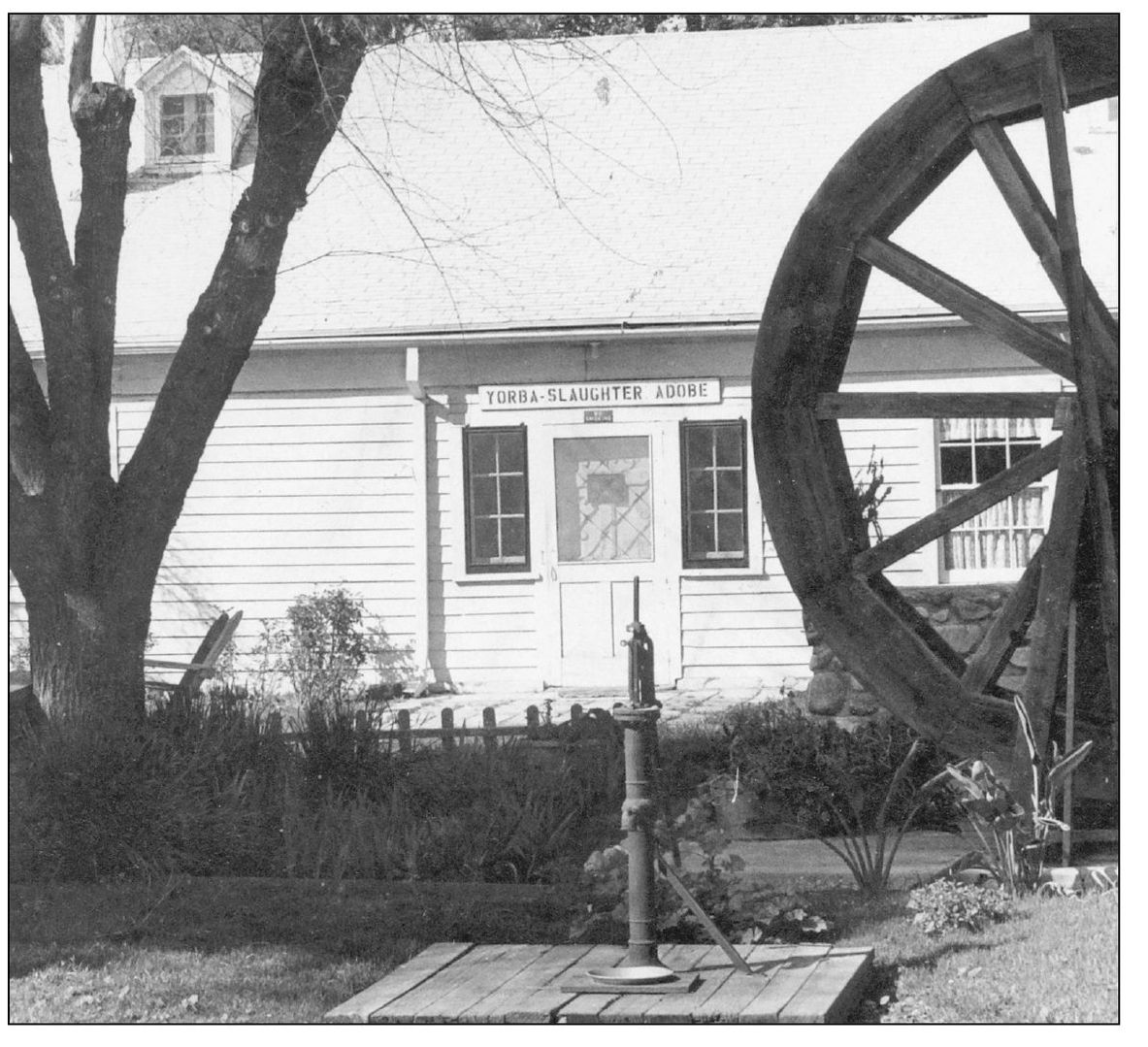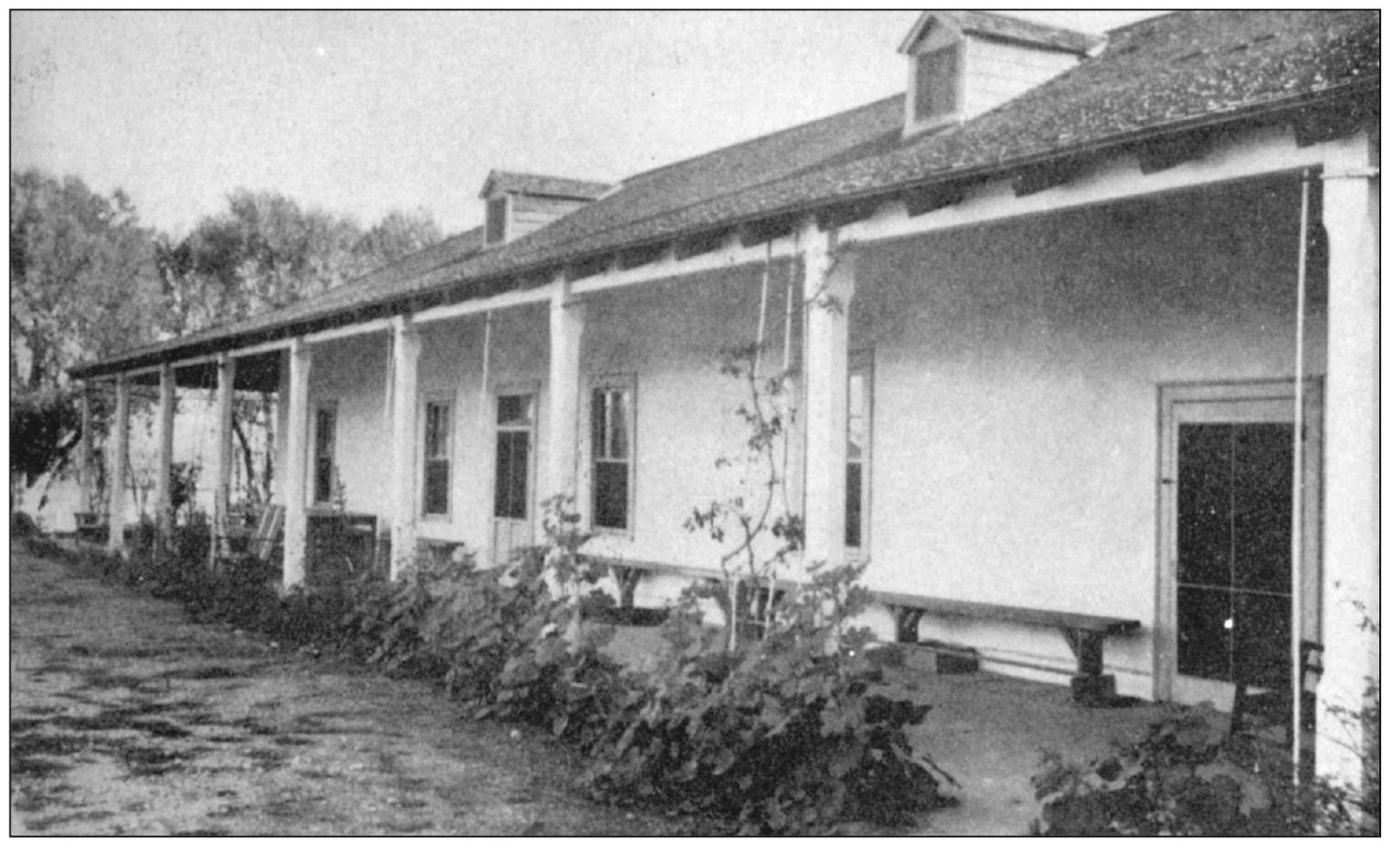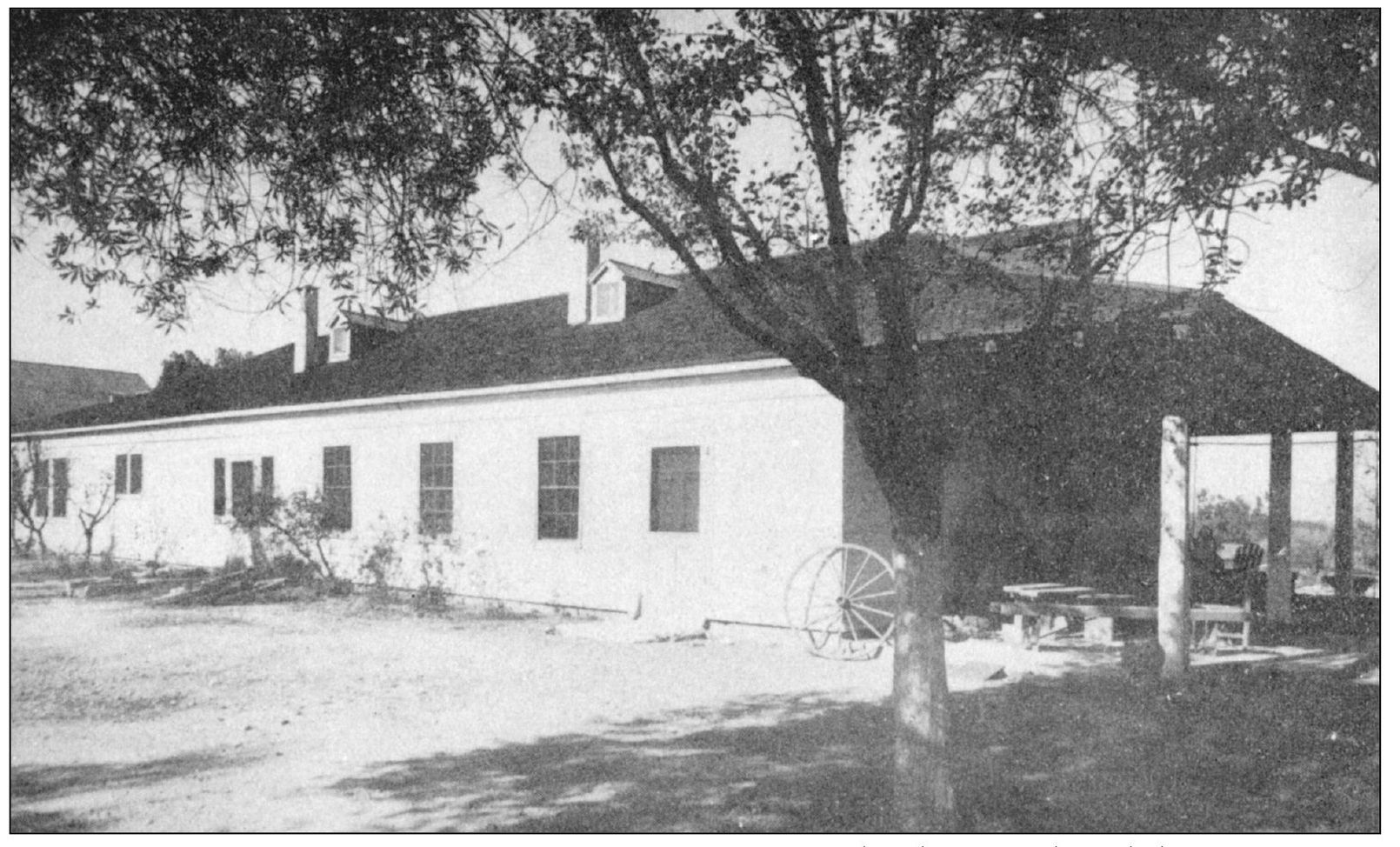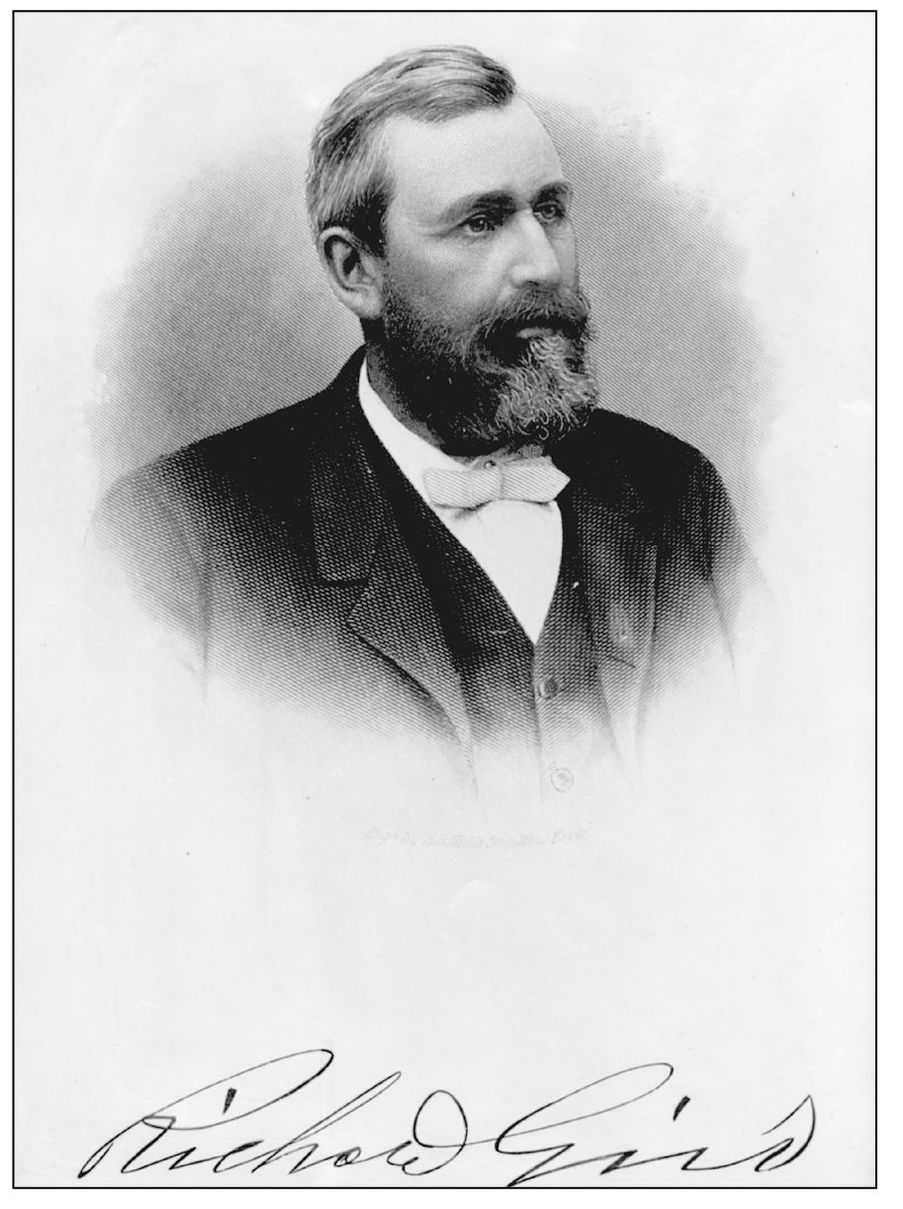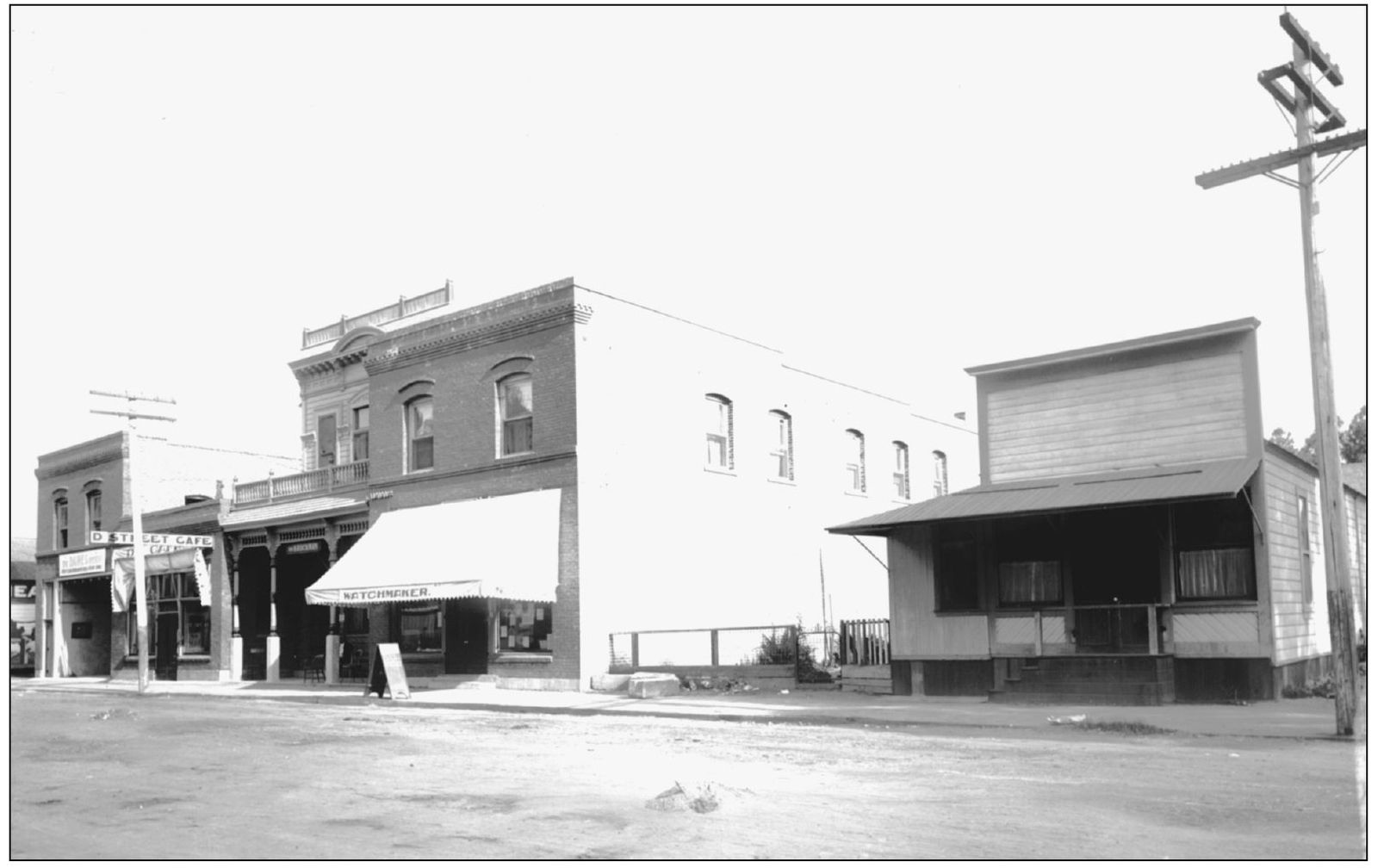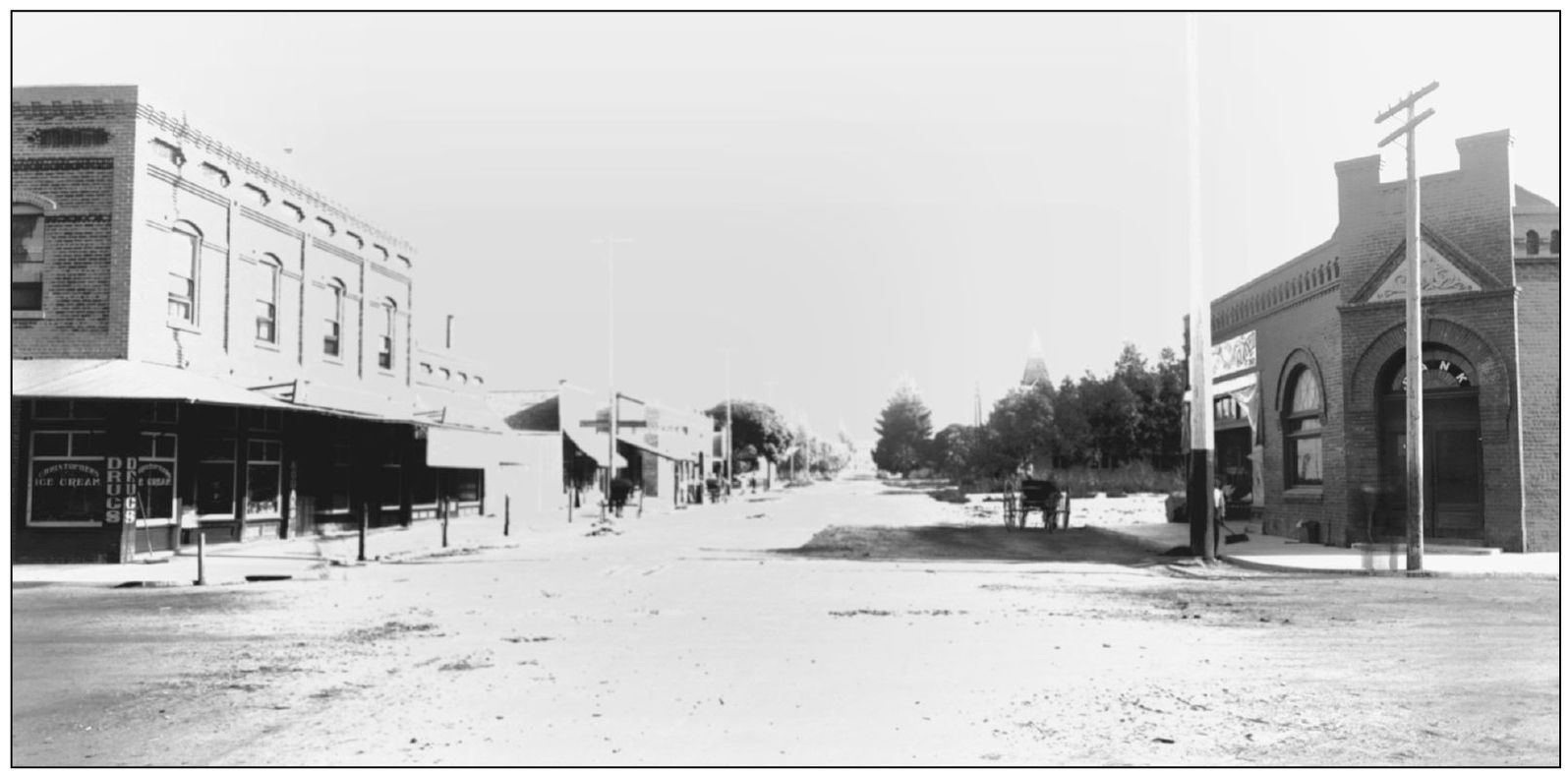ACKNOWLEDGMENTS
For much of our research, we gathered information from the Champion s historical files with the help of publisher emeritus Allen P. McCombs, as well as the Chino Champion s column, 100 Years of Chino. For this invaluable assistance, we are greatly thankful.
A very special thanks goes to Gregory Vanderbilt and his parents, Allen and Melinda Brown Vanderbilt, for sharing numerous family photographs. Gregs grandfather, Gerald Brown (19132010), realized he lived to see Chino change from the era of horses and teams to the age of computers. Gerald Brown took the time to have his memories of Chino written down, which Greg shared for this project. Consequently, Gerald Browns memoirs formed the framework for the information found in this text.
Champion Newspapers (CN) provided the majority of photographs in this book.
Remaining images used in this book come courtesy of the following sources: the family of Gerald Brown (GB); Vann Alton Daniels (VAD); Up from Second Street , an autobiography by Sen. Ruben S. Ayala (RSA); Georgia Bennett Rudin and the Fred Walters family (FW); the Pine family (PF); the Berterretche family (BF); David and Irene George (DG); M. K. Smith Chevrolet (MKS); the California Institution for Men (CIM); Casa Colina Centers for Rehabilitation (CCC); and the United Methodist Church (UMC).
A special thank you to our friend Terry Mathews from the California Institution for Men (and Buddy) and Val Koukal who helped organize the photographs. Also thanks needs to go to Lt. Mark E. Hargrove, Fred Aronow, Pastor Alice M. Elmquist, and the dedicated historians at the Planes of Fame museumKaren Maloney Hinton, Andrea Eldridge, and Grant Millikan.
Thank you for the gracious help of pioneer families, including Bud Ayala, Maurice Ayala, and Sen. Ruben S. Ayala; Vann Alton Daniels; Georgia Bennet Rudin; Bernadette Berterretche Helton; David and Irene George; Bill and Dennis Pine; and Bob Smith.
We want to thank our capable editor, Debbie Seracini, for spurring us on, and Scott Davis for guidance with images.
Efforts were made to present correct information and honor copyright laws. If there is a question about copyright or if there is information to improve the accuracy of the content, please contact the authors at jeffandnancys@gmail.com.
Not all pioneer families, businesses, or historic sites could be included. This is just a glimpse into the lives and hearts of people who shaped our citys history. We invite you to explore Chinos rich heritage, using this book as a point of reference on your journey.
BIBLIOGRAPHY
Adamson, Jeremy. The Furniture of Sam Maloof. Washington, D.C.: The Smithsonian American Art Museum, 2001.
Ayala, Ruben S. Up From Second Street. Chino Hills, CA: Ruben S. Ayala Research Center Library, 2005.
Brackett, F. P., et. al. History of Pomona Valley California with Biographical Sketches. Los Angeles: Historic Record Company, 1920.
Brown, Michael D. The History of Chino Prison: The First Fifty Years of the California Institution for Men, 1941 to 1991. Chino, CA: Vocational Offset Printing Program, California Institution for Men, 1991.
Chino Champions column, 100 Years of Chino. Chino, CA: Champion Newspapers, 2010.
Chino Valley Independent Fire District, Chino Firemens Association, Local 3522. Centennial Celebration Official Program, May 1995. Lithographics Champion Publications: Chino, CA, 1995.
Rhodes, Edwin. The Break of Day in Chino. Chino, CA: P-B Press, 1951.
Watkins, Craig, Chairman of the Chino Rotary Book Project. Chino Valley: Where Everything Grows. Chino, CA: Chino Rotary Club, 2005.
Find more books like this at
www.imagesofamerica.com
Search for your hometown history, your old
stomping grounds, and even your favorite sports team.
One
THE EARLY YEARS
YORBA-SLAUGHTER ADOBE. In 18521853, local Native American workers built this adobe for Bernardo Yorbas son Raymondo, the wealthiest and most influential landowner in the Prado Basin. It replaced an earlier structure on the same site, which had been destroyed by fire the previous year. The Butterfield Stage rode by the base of the hill where the adobe was located. (CN.)
BUENA VISTA RANCHO. At the time the Yorba Adobe was built, it was known as Buena Vista . Its thick walls kept the family cool during the high temperatures experienced in this region of Southern California. With three bedrooms in a sleeping loft above the main floor, a few of the four original rooms opened to the outside. Wide porches on all four sides of the adobe offered a welcome shade and cool breeze. (CN.)
HOME OF JULIA SLAUGHTER FUQUA. In 1868, Fenton M. Slaughter purchased the Buena Vista Rancho, and the adobe became the hub of a small community that he built up around it known as Rincon. His daughter Julia Slaughter Fuqua began restoring the adobe in 1928. Still standing and open to visitors as a historic site, the Yorba-Slaughter Adobe is one of the oldest buildings in San Bernardino County. (CN.)
RICHARD GIRD, A TRUE PIONEER. Known as the father of modern-day Chino, landowner Richard Gird gave vision to the city. A gentleman rancher, Gird subdivided his immense holdings into 10-acre plots located around a square-mile township that was designated as Chino. The plots went on sale in August 1887, and construction of the town was underway. (CN.)
RICHARD GIRD BANK, GLASS NEGATIVE, C. 1906. From establishing schools to selecting the location of fire hydrants to constructing a bank to handle the communitys financial needs, Richard Gird was a true visionary. In 1887, he founded the first bank in town on Seventh Street. Later, it was sold and moved around the corner on D Street. (CN.)
THE CORNER OF SIXTH AND D STREETS. Taken from a glass negative, the c . 1906 photograph shown above is looking north on Sixth Street. The building on the left housed Christophers, which was a drugstore that also offered children delicious ice cream. Next to Christophers hangs a sign where Doctor Savage, M.D., advertises his services. The building on the right is the Chino State Bank. The photograph below was taken looking south. The B. K. Galbreath Building can be seen at left. Next to it is the WCTU Fountain. Since Chino was a dry city, it was installed by the Womens Christian Temperance Union to provide drinks of water. The fountain was up a short time before being hit by a car whose owner claimed that his car did not stop when he said, Whoa! (Both, CN.)

